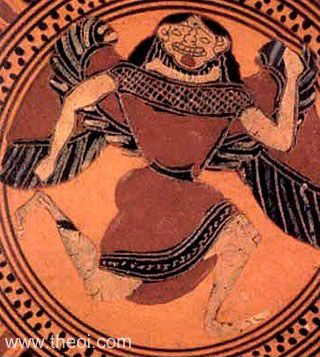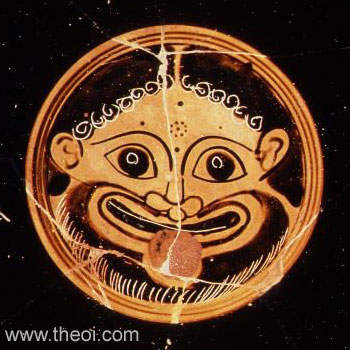The upcoming Monster Manual will feature artwork depicting some creatures like hags and medusas in both genders, a first for Dungeons & Dragons. In the "Everything You Need to Know" video for the upcoming Monster Manual, designers Jeremy Crawford and Wesley Schneider revealed that the new book would feature artwork portraying both male and female versions of creatures like hags, dryads, satyrs, and medusas. While there was a male medusa named Marlos Urnrayle in Princes of the Apocalypse (who had a portrait in the book) and players could make satyr PCs of either gender, this marks the first time that D&D has explicitly shown off several of these creatures as being of both male and female within a rulebook. There is no mechanical difference between male creatures and female creatures, so this is solely a change in how some monsters are presented.
In other news that actually does impact D&D mechanics, goblins are now classified as fey creatures (similar to how hobgoblins were portrayed as fey creatures in Monsters of the Multiverse) and gnolls are now classified as fiends.
Additionally, monster statblocks include potential treasure and gear options, so that DMs can reward loot when a player character inevitably searches the dead body of a creature.
The new Monster Manual will be released on February 18th, 2025.



